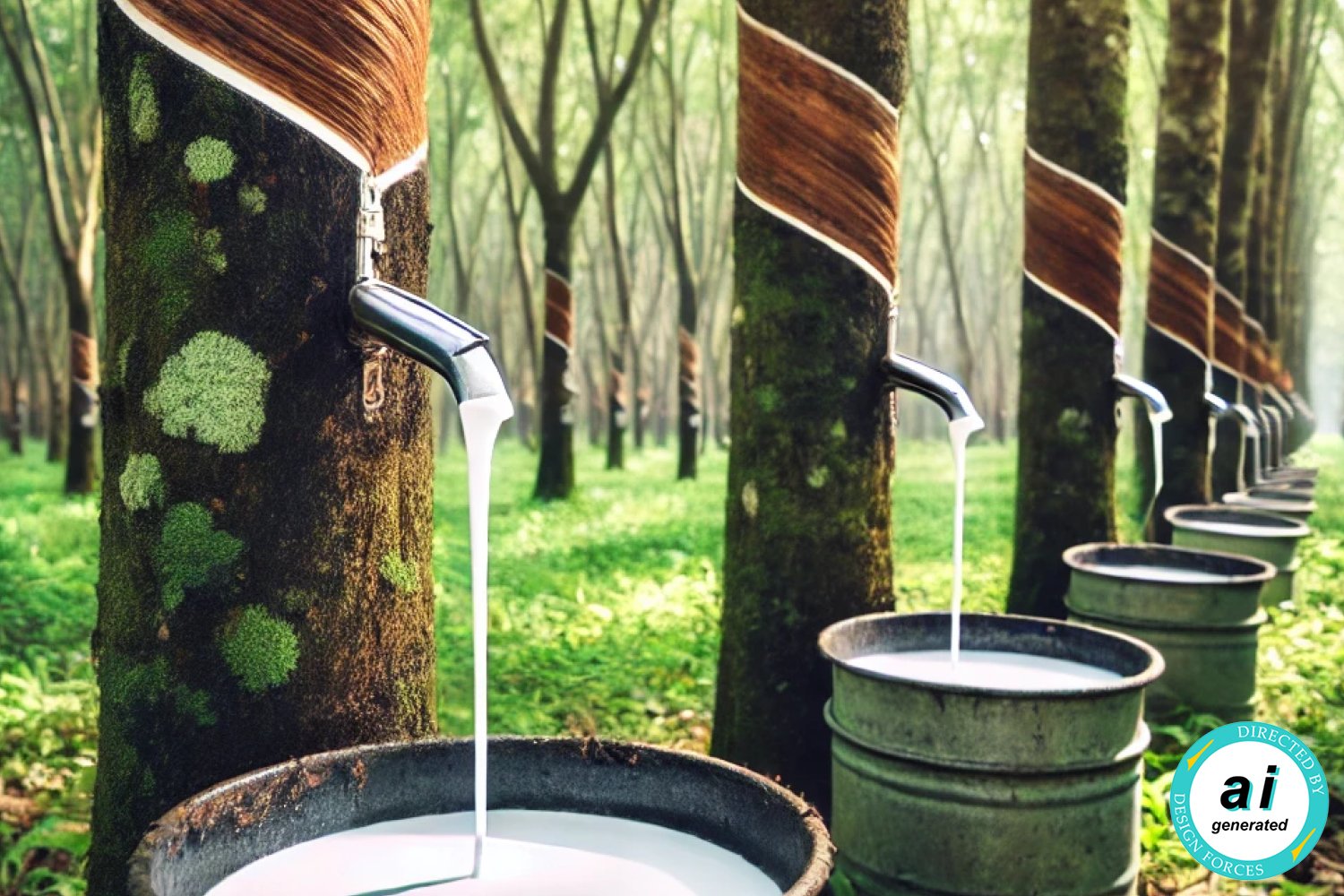Plastic
Acrylic (PMMA)
Characteristics
Polymethyl Methacrylate (PMMA) or the well-known trademark Plexiglass. Lightweight, strong, and resistant to scratches, weathering and UV radiation. Thereby ideal for outdoor applications, despite being comparably brittle. Exceptional clarity and light transmittance, often surpassing that of glass. Easily machinable and sheets can be formed with heat.
Many transparent and opaque colors.
Typical Applications
Décor: Vases, objects, frames, organizers.
Products: Boxes, enclosures, trays, rulers, furniture.
Communication: Display stands, signage, nameplates.
Industry: Light covers, instrument panels, displays, lenses.
Construction: Windows, aquariums, protective screens.
Recycling & Regeneration
Oil-based and not easily biodegradable. There exist chemical recycling processes that can purify and recreate acrylic, but these, and their recycling infrastructure, are not as widespread as they are for other plastics. Mechanical recycling typically results in lower-grade quality. Before this it can be repurposed with woodworking tools.


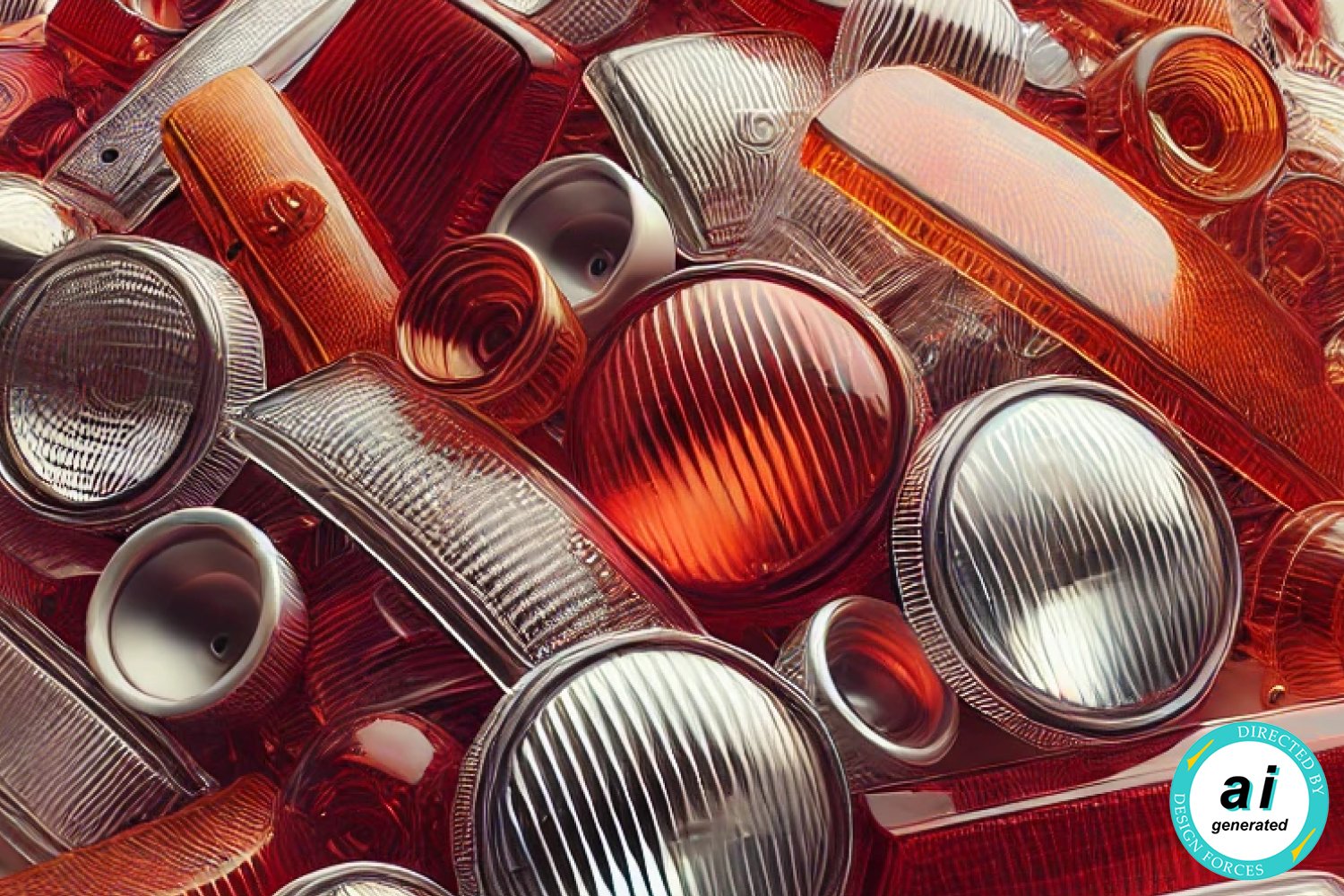
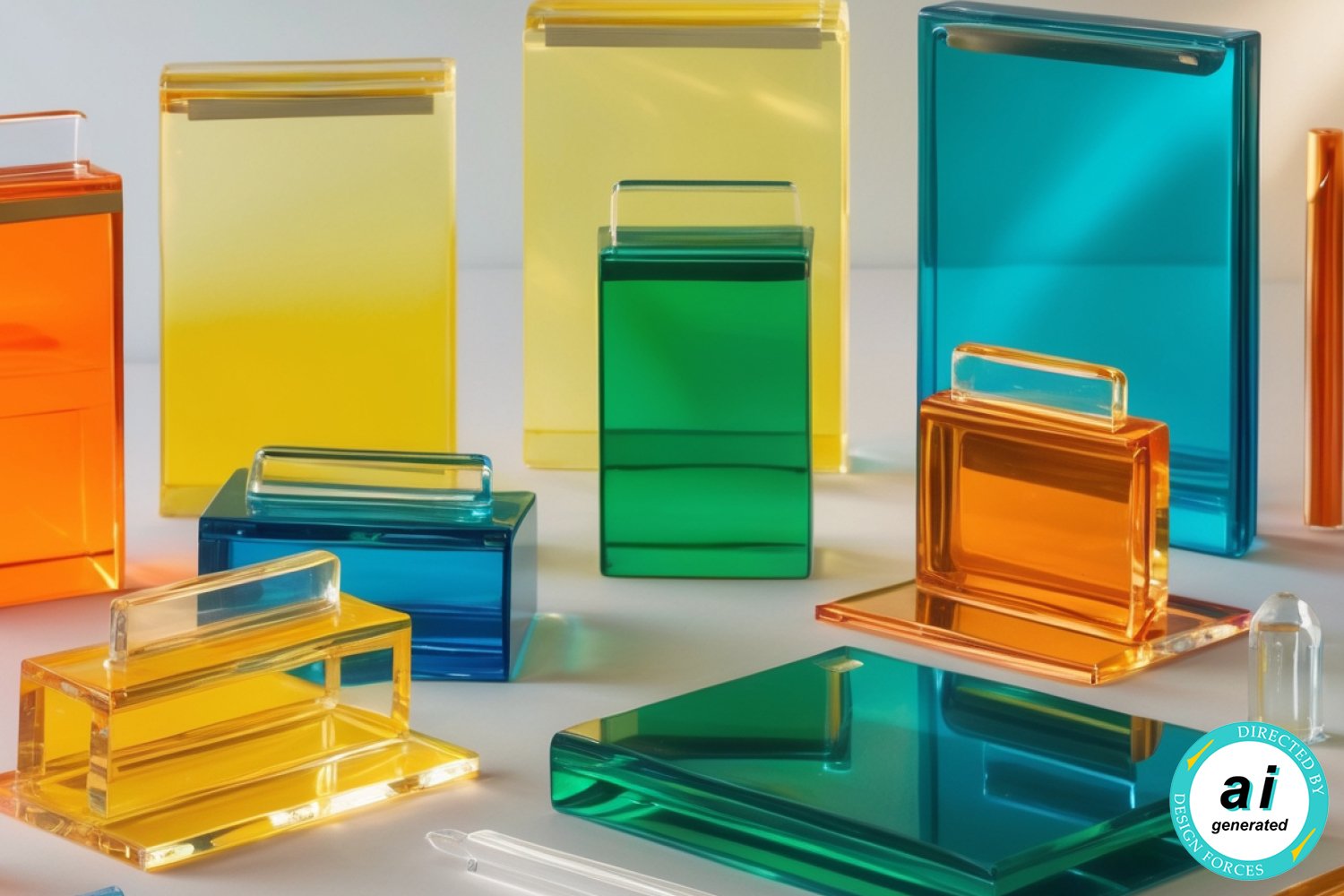
Bakelite (PF)
Characteristics
Phenol-Formaldehyde (PF). The first synthetic plastic, developed in the early 20th century. Durable with insulating properties, resistant to heat, electricity, and chemicals. Typically has a smooth glossy finish and comes in a variety of colors, although it is easier to make in black or brown.
Typical Applications
Products: Combs, hairbrushes, guitar picks, plates, trays. Handles and knobs for tools, pots, and pans. Casings for radios and televisions.
Electronics: Switches, plugs, sockets, telephone casings, insulators.
Automotive: Gearshift knobs, handles, spark plug insulators.
Accessories: Bracelets, earrings, brooches, buttons.
Recycling & Regeneration
Thermosetting plastic that, once set, it cannot be melted or reshaped, limiting traditional recycling methods. Mechanical recycling is possible by breaking it down into smaller particles that can be used as fillers. Made from phenol and formaldehyde, which are derived from fossil fuels. Efforts are made to develop bio-based alternatives.
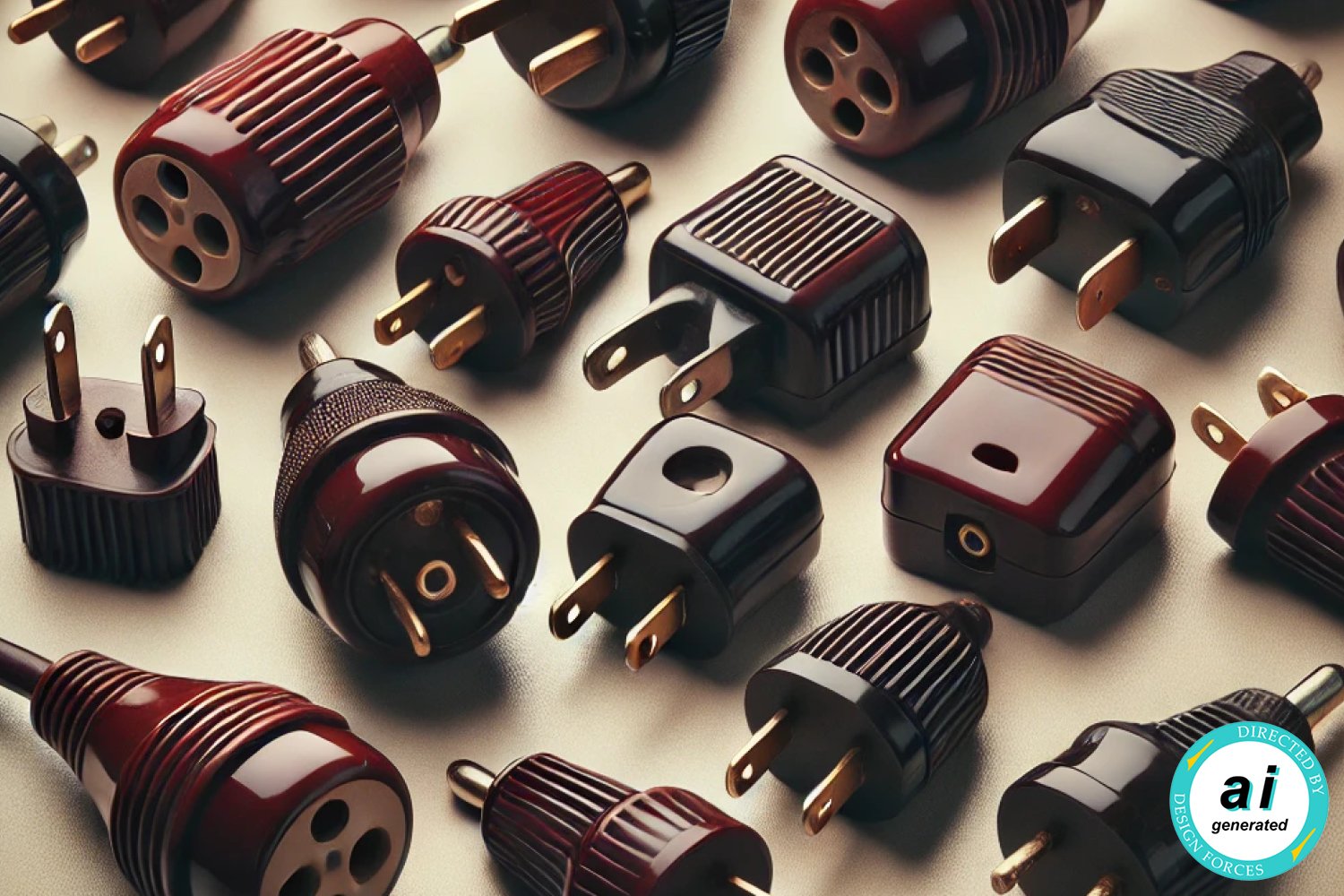


Polyester
Characteristics
Highly durable, resilient, and versatile synthetic fiber known for its resistance to shrinking, stretching, and wrinkles, as well as its quick-drying properties. It is also resistant to abrasions, UV degradation, and chemicals.
Typical Applications
Packaging: PET bottles and food containers.
Automotive: Seat belts, airbags, and upholstery.
Textiles: Clothing, sportswear, home furnishings upholstery, and the thread stronger than cotton, thus being present in the majority of sewn creations.
Recycling & Regeneration
Potentials with both mechanical and chemical recycling methods enabling the production of high-quality recycled polyester. As non-biodegradable it can contribute to microplastic pollution, highlighting the need for responsible production, use, and disposal practices.
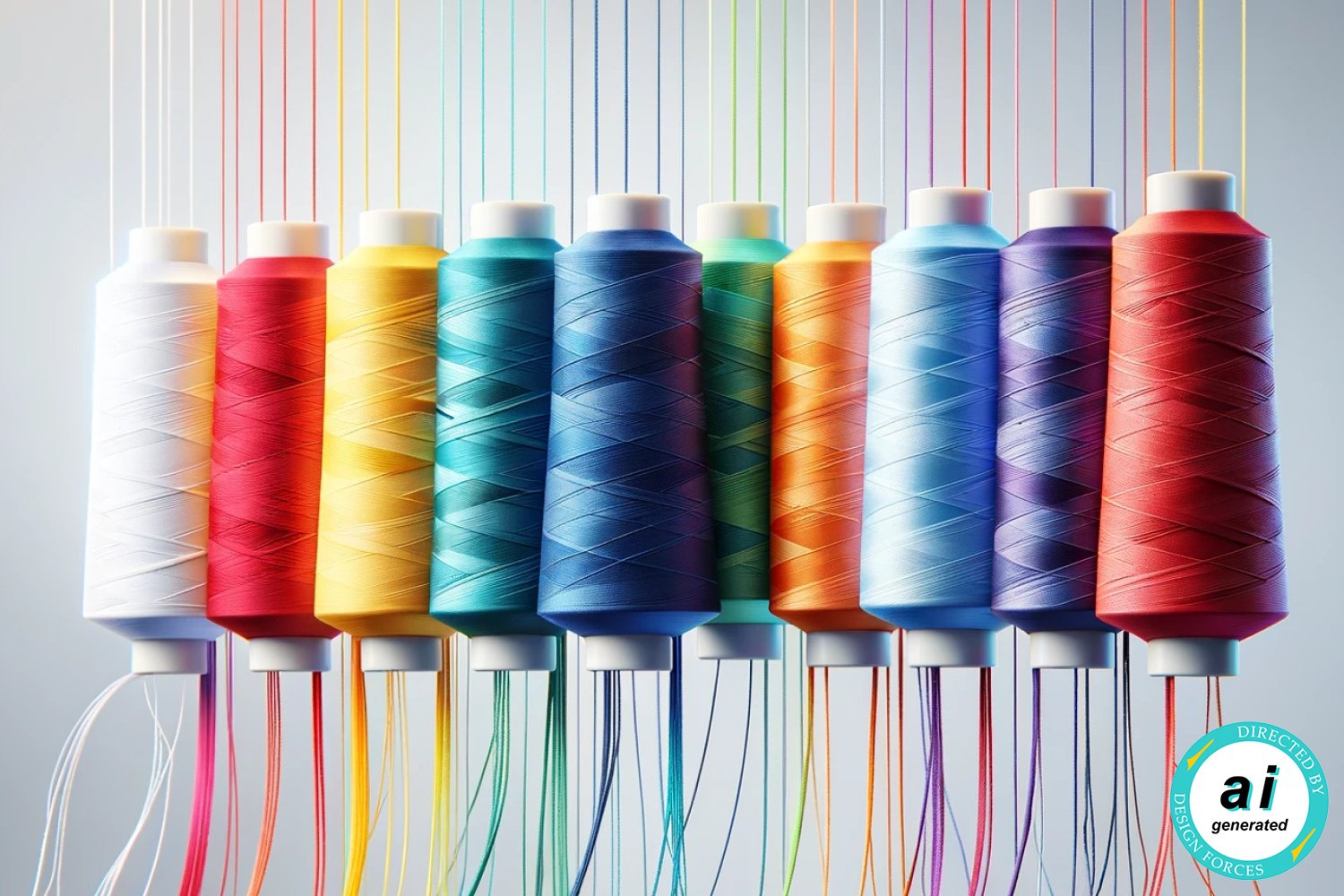
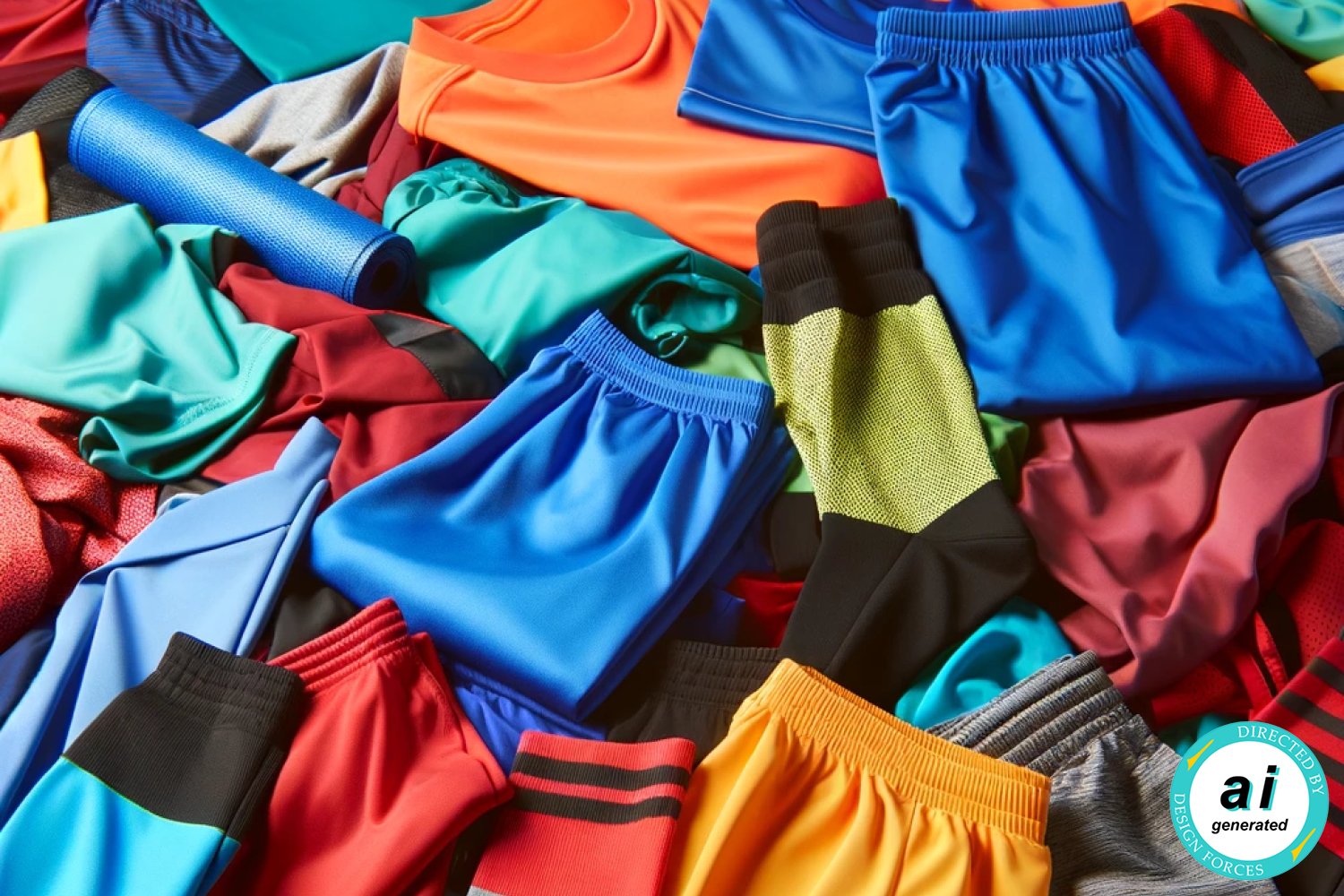
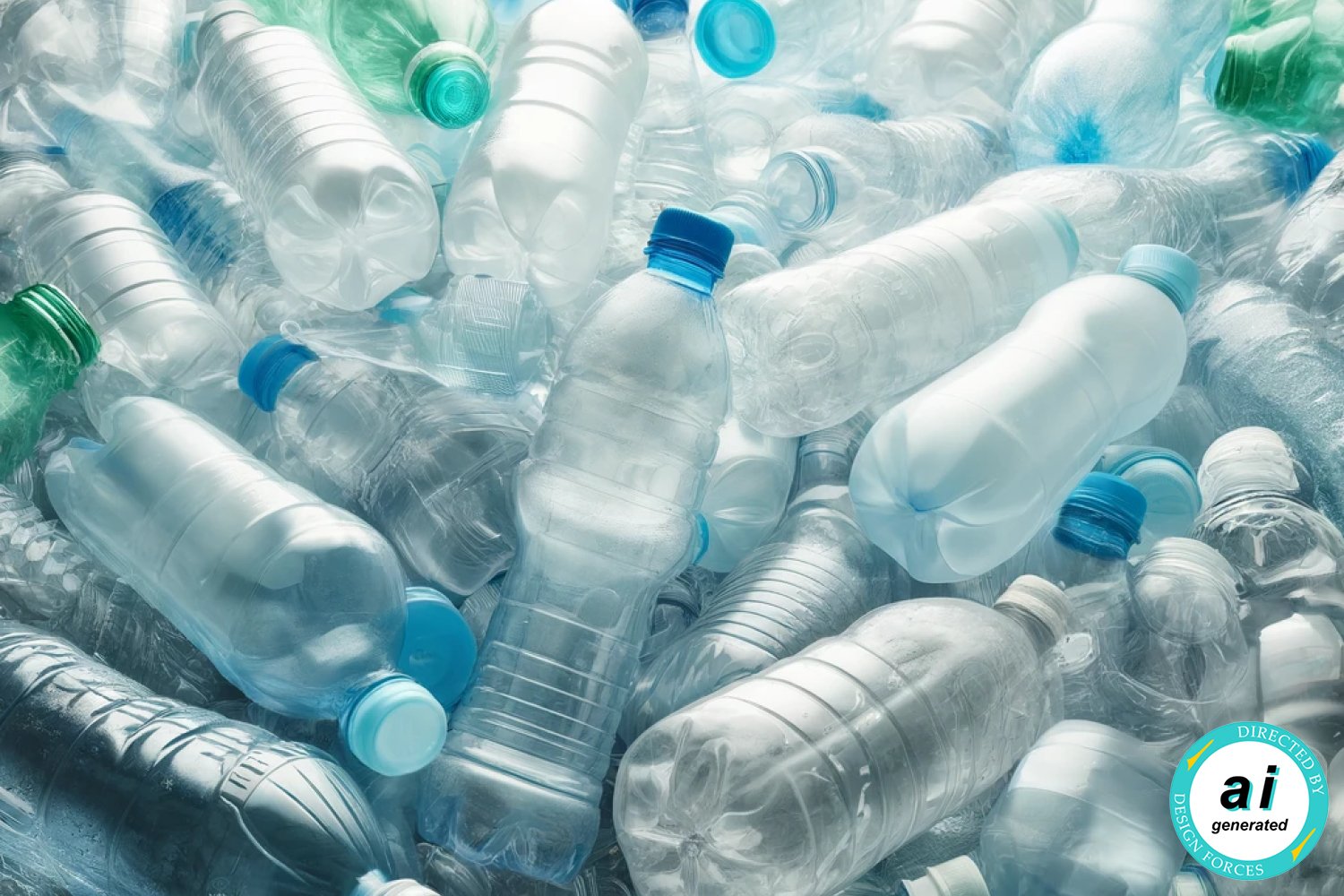
Polypropylen (PP)
Characteristics
Light weight and versatile with strength and flexibility. Hygienic, sterile, food-safe with non-porous surface that has resistance to many chemicals, moisture, odors, and stains. Its fatigue-resistance allows for millions of flexing cycles and therefore often used as a living hinge; a thin part of the mold connecting the rigid parts, such as case and lid.
Typical Applications
Packaging: Cases, food containers, bottles, and caps.
Expanded PP is used for thermo boxes.
Products: Toys, car interiors, ropes, and storage boxes. Reinforced with glass or carbon fiber for use in furniture and performance parts.
Medical & Health Care: Sterile instruments, vials, and syringes.
Recycling & Regeneration
One of the more easily recyclable plastics, contributing to sustainable practices and waste reduction.
Involves collecting, cleaning, shredding, and reforming PP into new products. Chemical recycling are being explored.
There is a separation difficulty when combined with other materials. Identifiable by the recycling code 5.
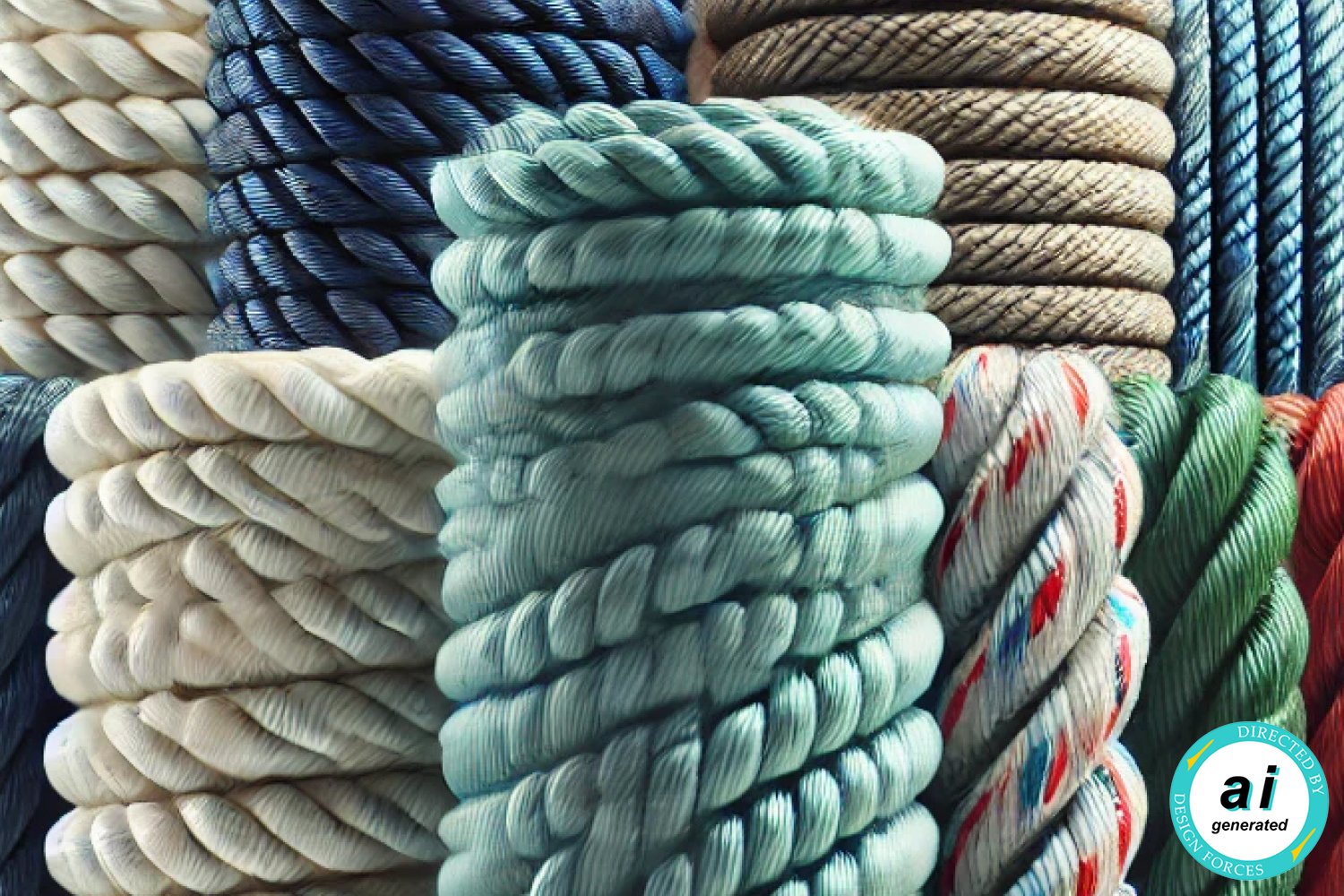
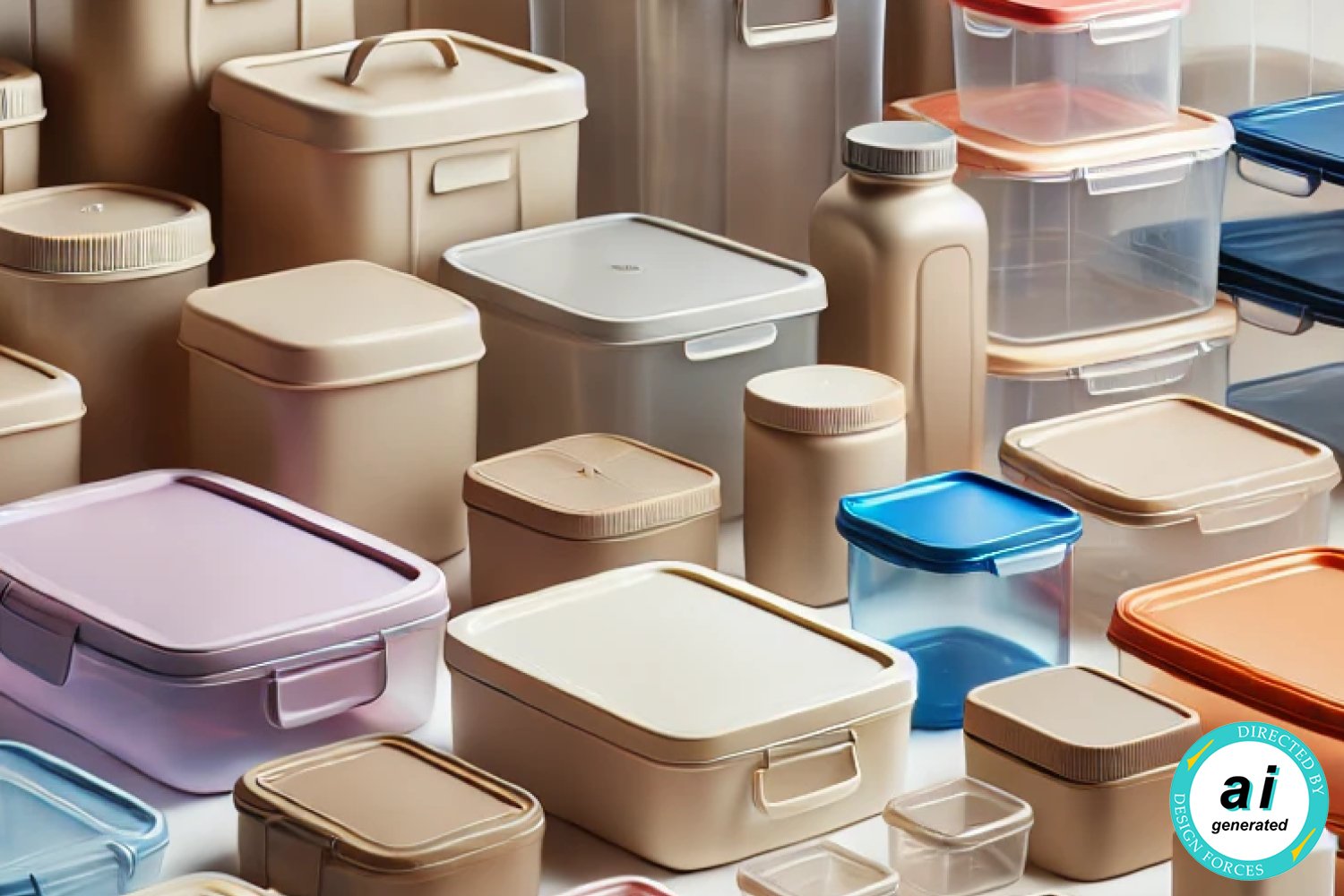
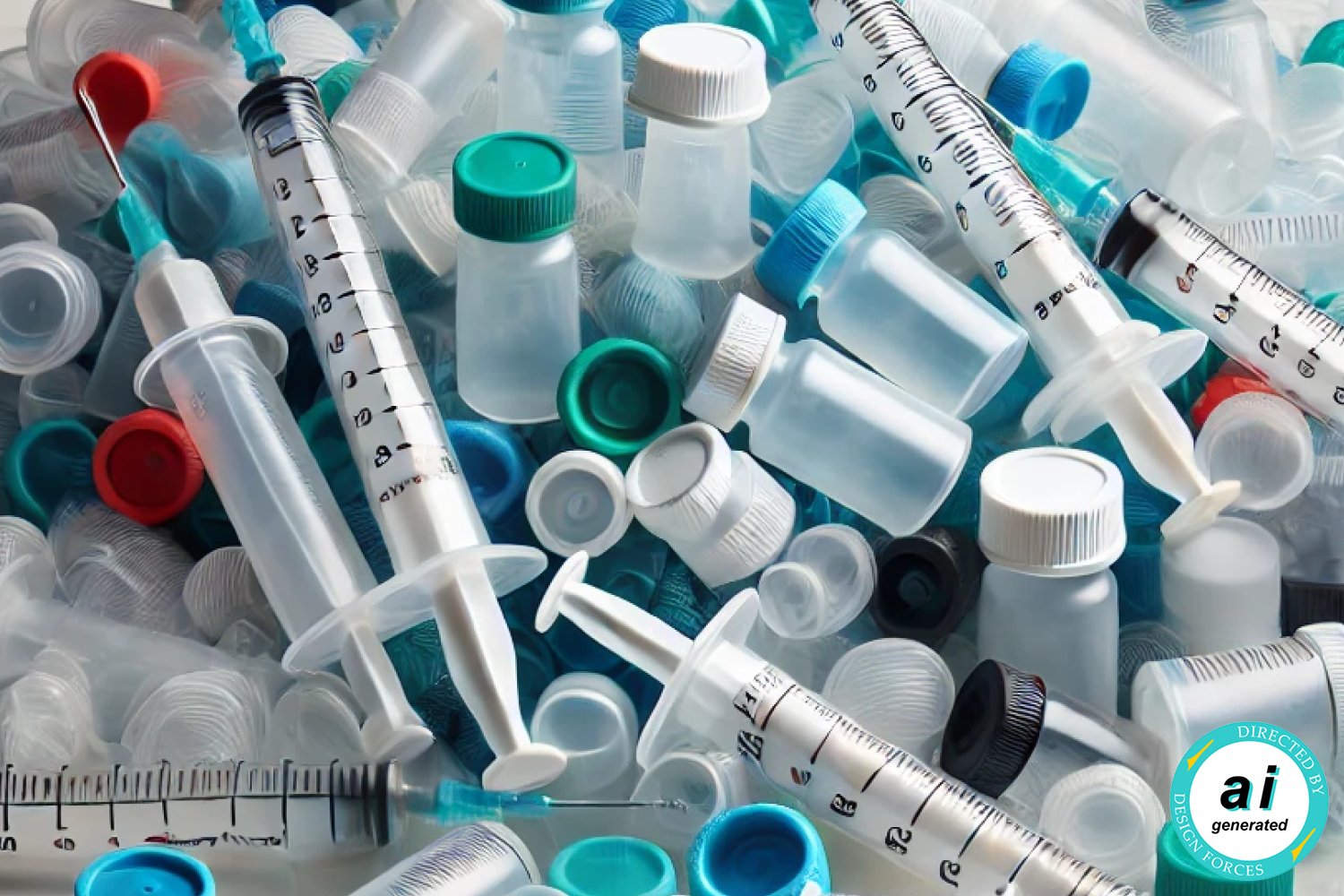
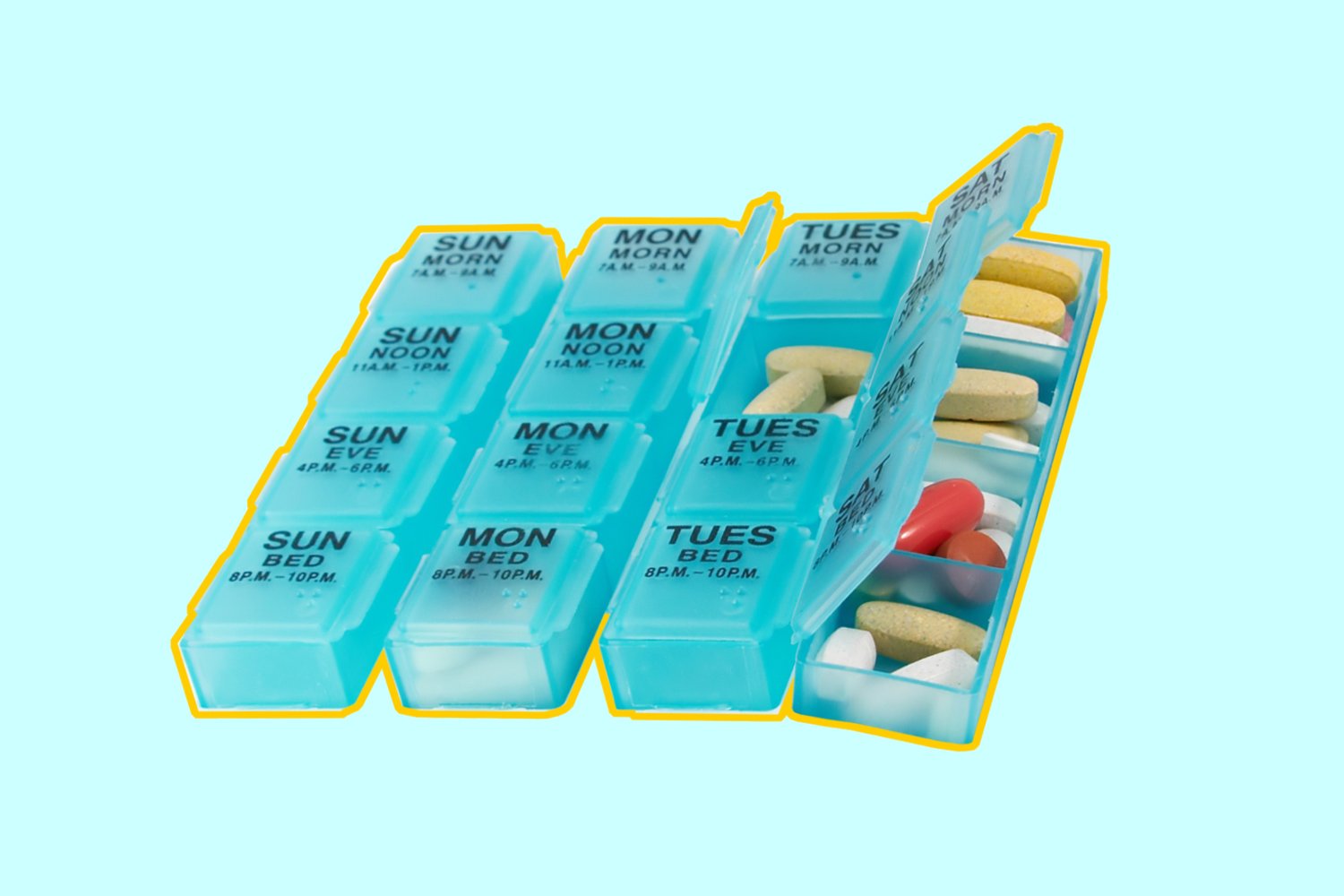
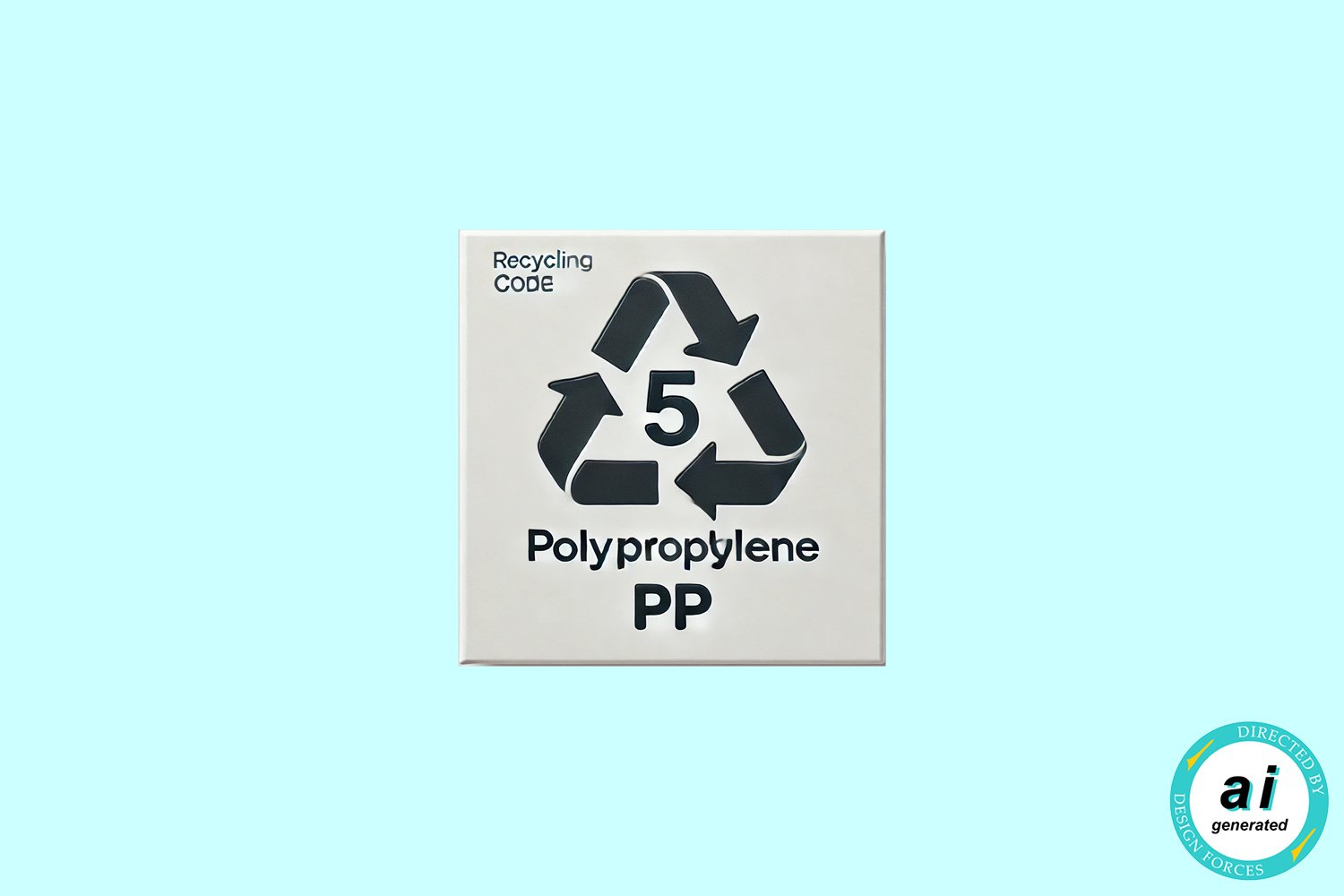
PVC
Characteristics
Polyvinyl chloride (PVC) is widely used, known for its durability, being highly resistant to chemicals, weathering, and fire (with added flame retardants). Available in two primary forms: rigid and flexible. Rigid PVC is strong and resistant to impact. Flexible PVC, achieved by adding plasticizers, provides softness and elasticity.
Typical Applications
Products: Waterproof clothing, synthetic leather, toys, pool floats, credit/plastic cards, rafts, exercise balls, sports equipment.
Medical: Blister packs, IV and blood bags, tubes, catheters.
Construction: Water and drainage pipes, fittings, window and door frames, vinyl flooring, curtains, electrical cable insulation, conduits.
Recycling & Regeneration
Made from the abundant salt, and oil or natural gas that are non-renewable. Recycling is challenging compared to other plastics due to the presence of additives. Waste can be mechanically shredded and reprocessed. Chemical recycling is not yet viable for large scale implementation, but can break PVC down into its base components. Identifiable by the recycling code 3.

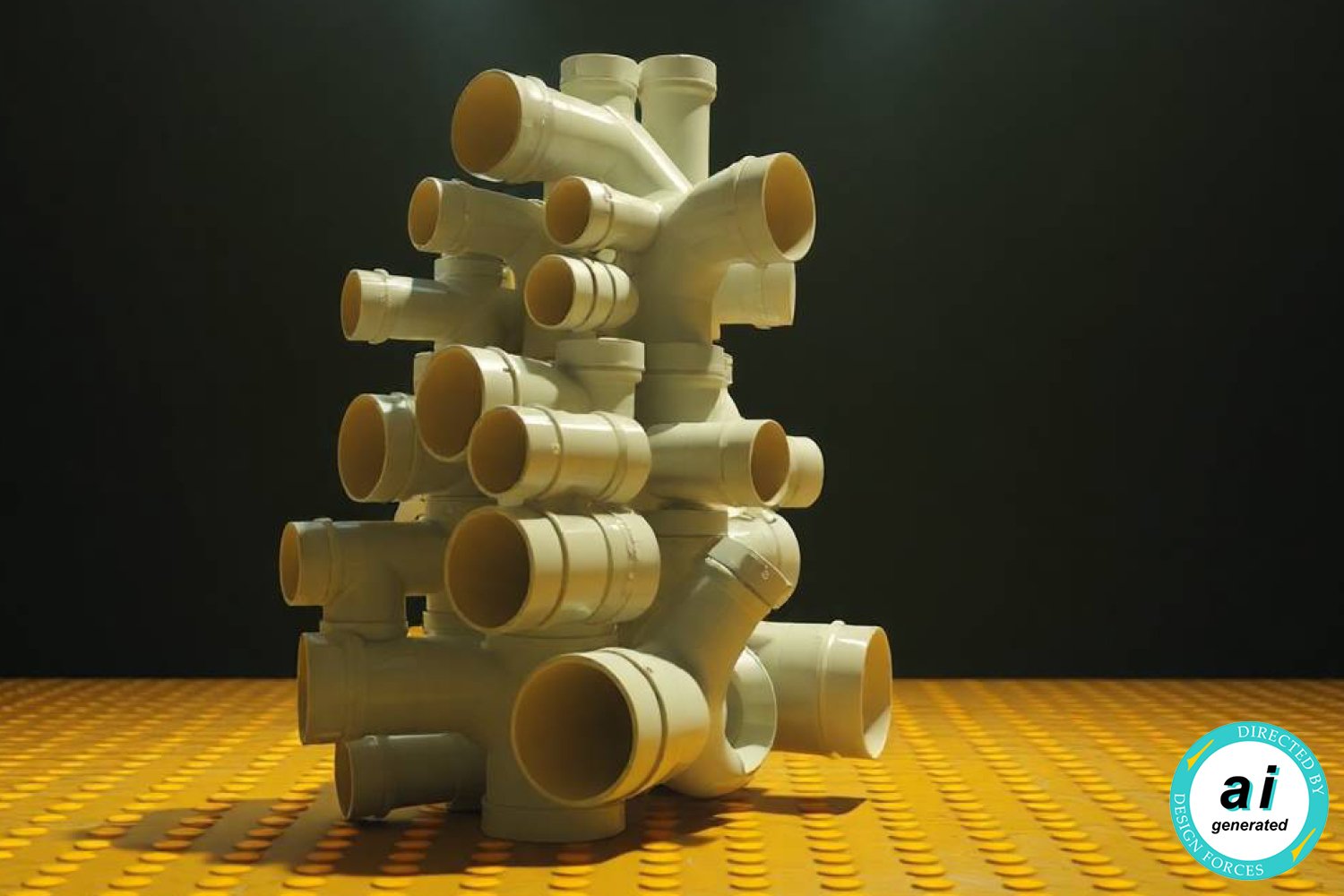
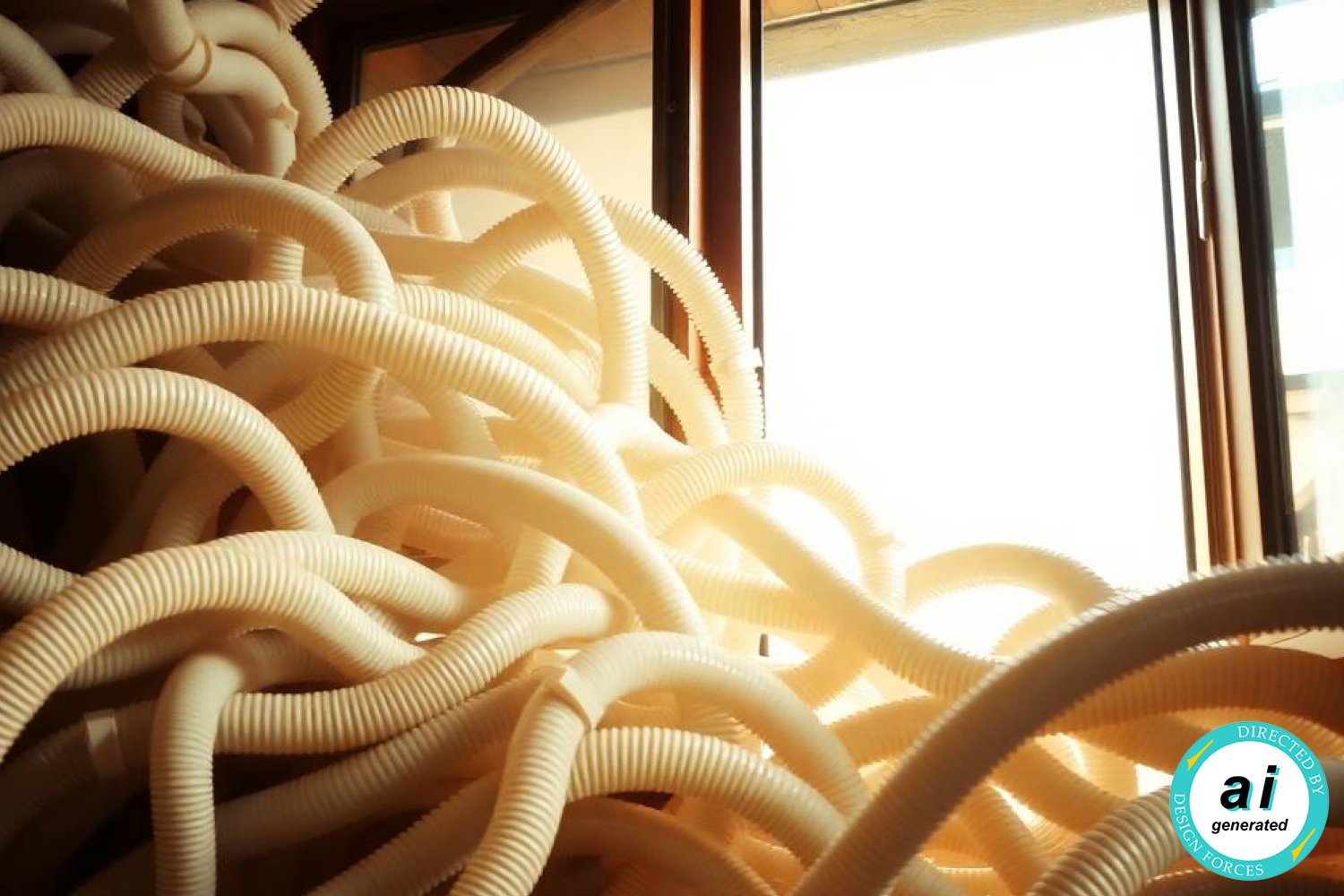

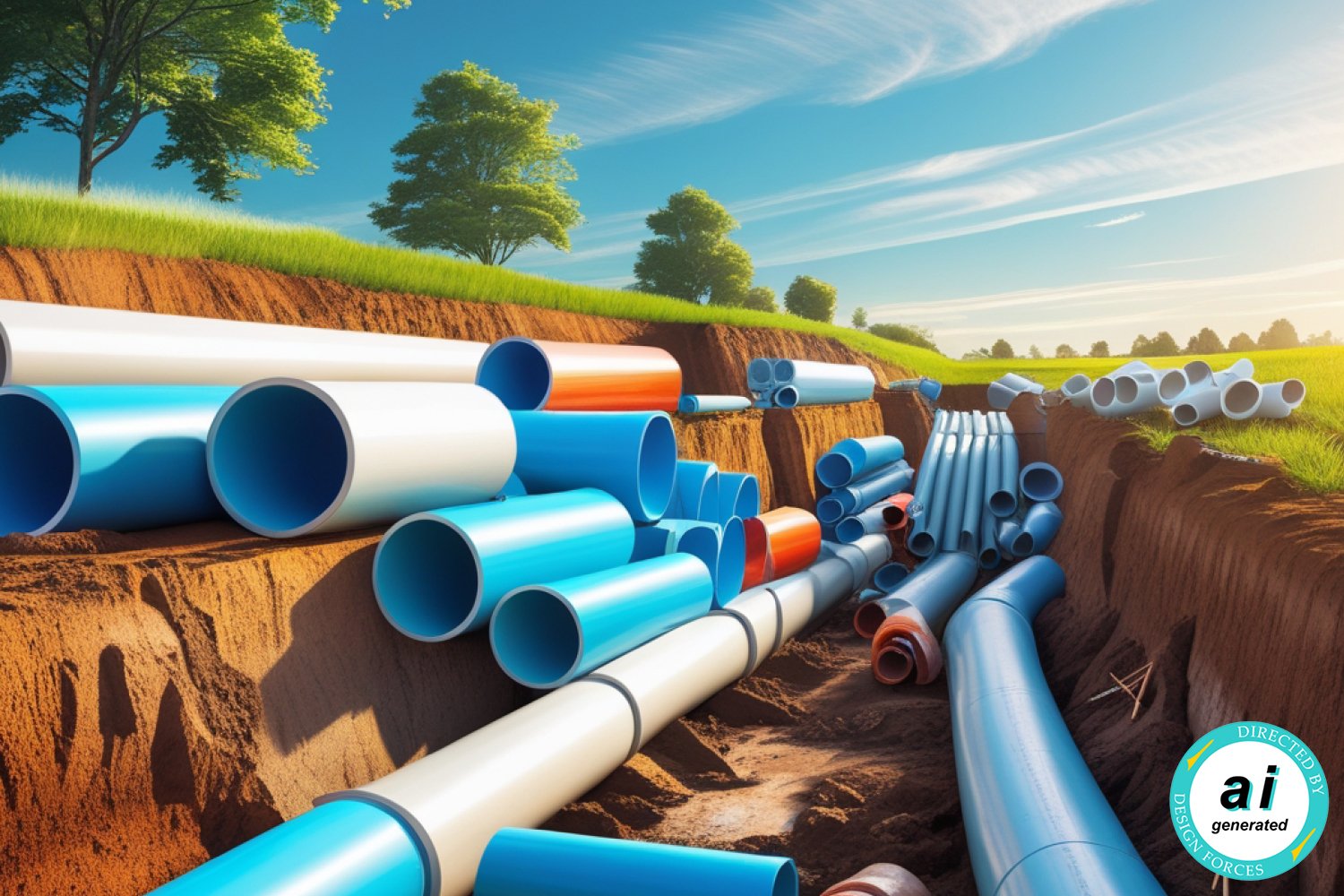
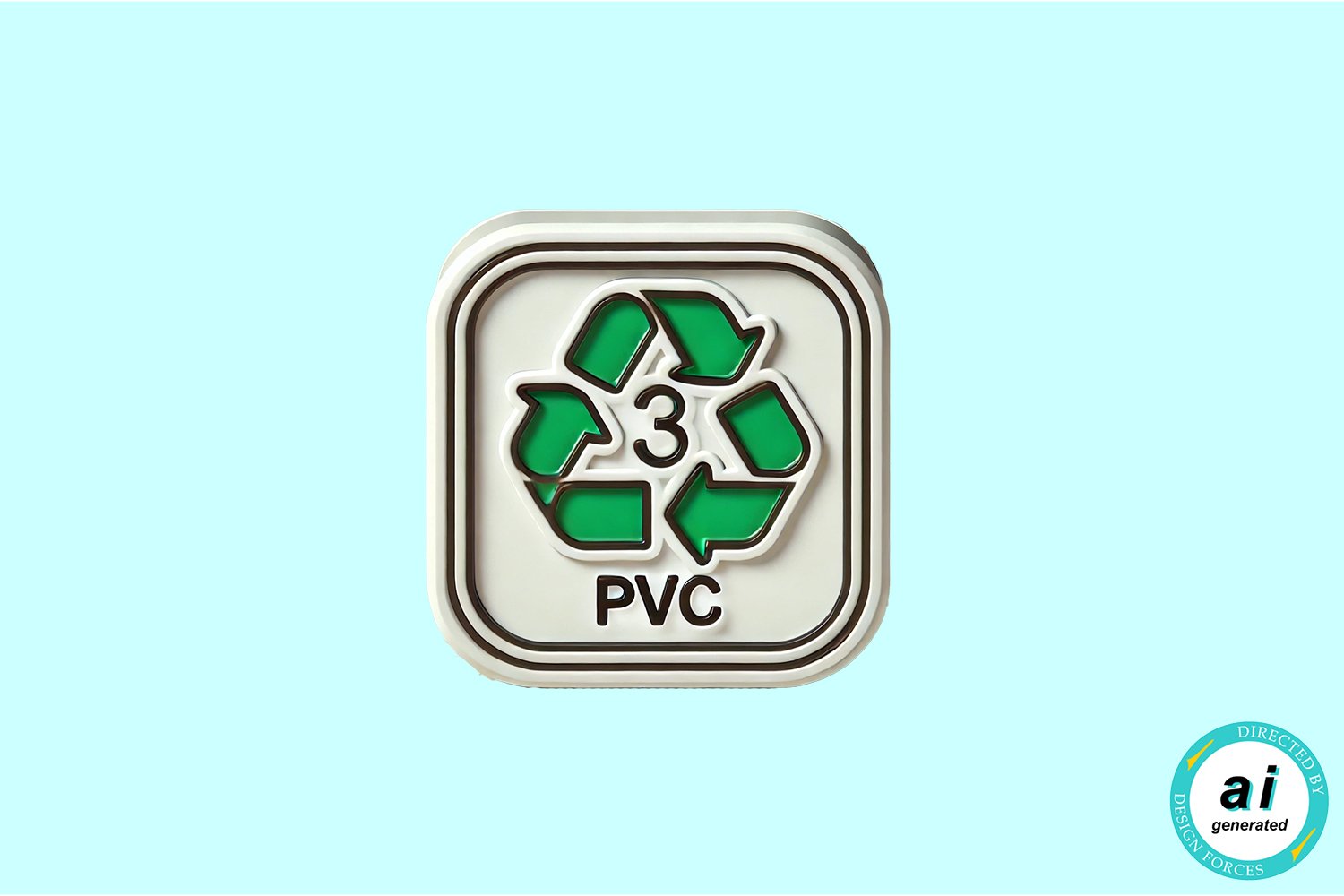
(Natural) Rubber Polyisoprene
Characteristics (Strictly not a plastic)
Elastic, strong, durable, and resilient. Can be foamed into a compressible and shock-absorbing version. Natural rubber, harvested from rubber trees, has superior elasticity and tear resistance but can cause latex allergies. Synthetic polyisoprene is chemically produced with more consistent properties and is also hypoallergenic. Both can be colored.
Typical Applications
Products: Rubber bands, shoe soles, hygienic gloves, balloons.
Foamed parts: Handle grips, shoe insoles, mats, protective cushions.
Medical: Condoms, catheters and surgical gloves (synthetic).
Industry: High performance tires, gaskets, seals.
Recycling & Regeneration
Generally considered challenging. The synthetic is oil-based, but bio-based versions exist. Can be ground and reused, though with inferior performance. Large-scale breakdown of so-called vulcanized products, such as tires, is still costly. Technological efforts are underway, along with exploration of natural alternatives to the rubber tree.


